First Impressions: What Does Your Waiting Room Say?
Your waiting room is the first point of contact for clients and patients, setting the tone for their experience. Not only will a well-designed reception area make your visitors comfortable, but it will also convey a message of professionalism and efficiency. The right waiting room furniture can turn an unremarkable space into a welcoming, well-organized place that puts visitors at ease and supports your business objectives.
Why Waiting Room Furniture Matters
Better Client and Patient Experiences
A comfortable and welcoming waiting room can calm patient anxiety, boost visitor satisfaction, and make a lasting positive impression. Visitors, when relaxed, are most likely to have a positive impression of your practice or business.
Better Workflows, Enhanced Branding
The right furniture, like Bush Business Furniture’s new Arrive collection (and the right layout) ensures a free flow of traffic, so guests can check in efficiently and staff can manage appointments with ease. A well-designed space also reinforces your brand identity, communicating professionalism and attention to detail.

Key Considerations When Outfitting Your Lobby
Comfort: Prioritize Ergonomics
Choose waiting room chairs that offer adequate support, especially for visitors who may need to wait for extended periods. Look for seating with cushioned upholstery, armrests, and good support.
Durability: Built to Last
Medical offices and business lobbies experience high foot traffic. Opt for waiting room furniture made of durable materials that withstand frequent use, are stain-resistant, and easy to clean—especially important for clinics.
Design: Align with Your Brand
Your waiting room should complement your brand’s aesthetics. Whether you prefer a modern, sleek look or a warm, inviting atmosphere, selecting furniture that aligns with your style ensures a cohesive experience.
Layout: Optimize Space and Privacy
Arrange your furniture to maximize available space while maintaining a sense of privacy. Modular chairs and careful partition placement can create separate areas for guests without making the space feel overcrowded.
Features to Look for in Reception Area Furniture
- Modular Seating: Offers flexibility to accommodate different group sizes and layouts.
- Tables and Storage: Provide surfaces for reading materials, forms, and hand sanitizers.
- Child-Friendly Options: If your business caters to families, consider play areas or kid-friendly seating.

Spotlight: The Arrive Collection – Elevate Your Reception Area
Our Arrive Collection is designed to enhance office and clinic waiting areas with stylish, durable, and functional furniture. Featuring modular seating, sleek reception desks, and storage solutions, the collection balances comfort with professionalism. With options designed for high-traffic areas, the Arrive Collection ensures that your waiting room remains inviting and easy to maintain while complementing your brand’s aesthetic.
Dos and Don’ts of Business Greetings
Beyond your reception area’s furniture, there are other factors, like how your staff greets guests that can make a big impact on how your visitors feel about your business.
Dos:
- Greet everyone warmly with eye contact and a smile.
- Maintain professionalism while remaining approachable.
- Use clear signage to guide visitors and reduce confusion.
Don’ts:
- Ignore guests upon arrival or make them wait without acknowledgment.
- Allow clutter, outdated decor, or poor lighting to detract from your space’s appeal.
3 Tips Just for Healthcare Providers to Create a Better Lobby
Doctors’ offices, clinics, and other healthcare providers may have even more specific needs and goals for their lobbies. Enhancing the waiting room experience is crucial for patient satisfaction and can significantly influence their overall perception of your practice. Research indicates that patients value the following top three aspects in a waiting area:
1. Comfortable and Clean Environment
Patients appreciate a waiting area that offers comfort and cleanliness. Providing comfortable seating, maintaining a clean space, and offering amenities such as free Wi-Fi, televisions, and refreshments can make the wait more pleasant. A well-maintained environment helps reduce anxiety and creates a positive first impression.
2. Effective Communication and Information
Clear communication regarding wait times and procedures can alleviate patient anxiety. Informing patients about expected delays, offering apologies for any inconvenience, and offering options for distractions can improve their waiting experience. Keeping patients informed helps manage their expectations and enhances satisfaction.
3. Positive Distractions and Calming Atmosphere
Incorporating elements that serve as positive distractions can make wait times feel shorter and reduce stress. Calming music, engaging visuals, and even access to nature views can help create a more relaxing environment. These elements contribute to a soothing atmosphere, so patients feel more at ease during their wait, according to studies that look at waiting room experiences and health outcomes
By focusing on these key areas, you can create a waiting room that not only meets patients' expectations but also enhances their overall experience with your practice.
Take the Next Step: Upgrade Your Waiting Room
Assess your current waiting room setup—does it create the right impression? If not, consider an upgrade. Explore our reception area furniture solutions that combine style, comfort, and durability to create a welcoming and professional environment.













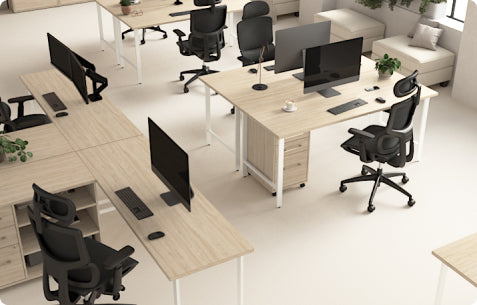








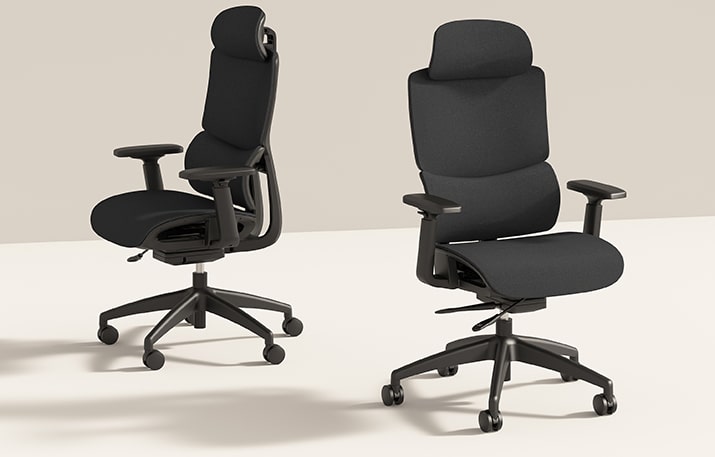




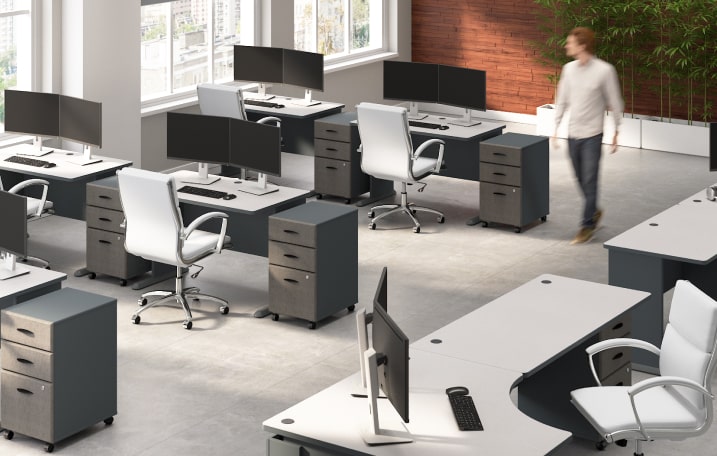
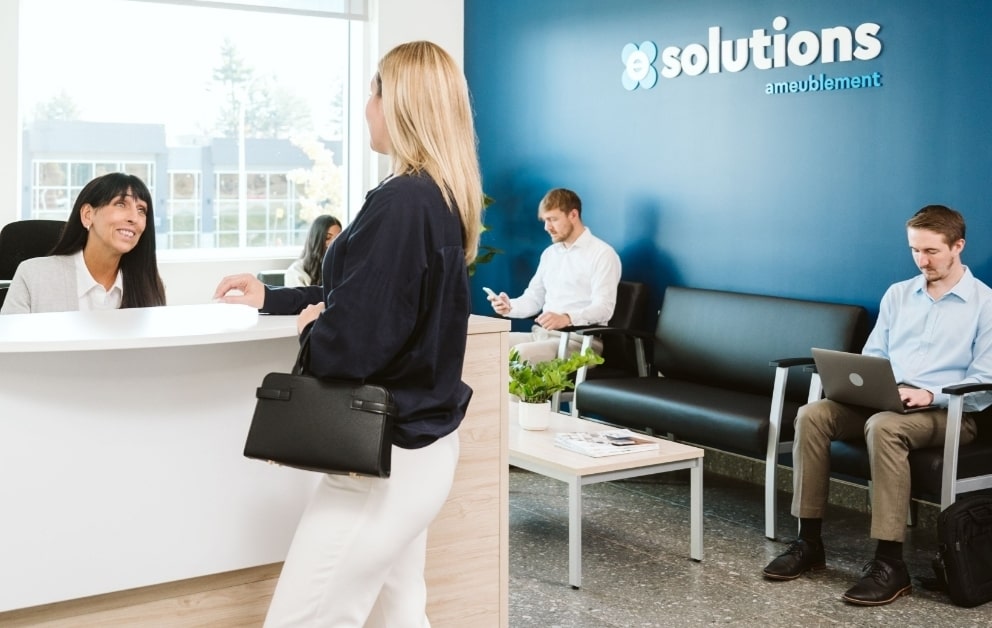
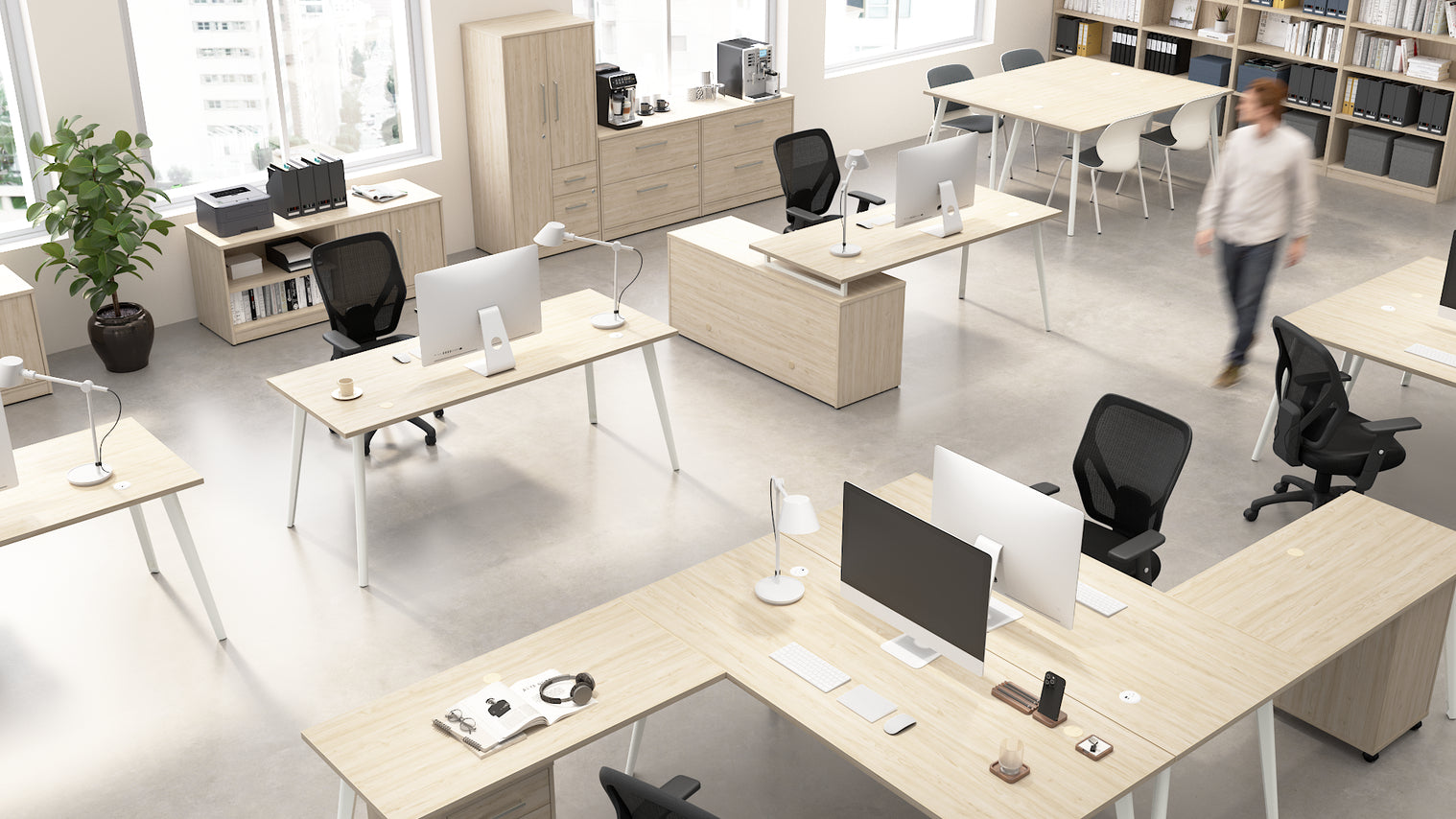
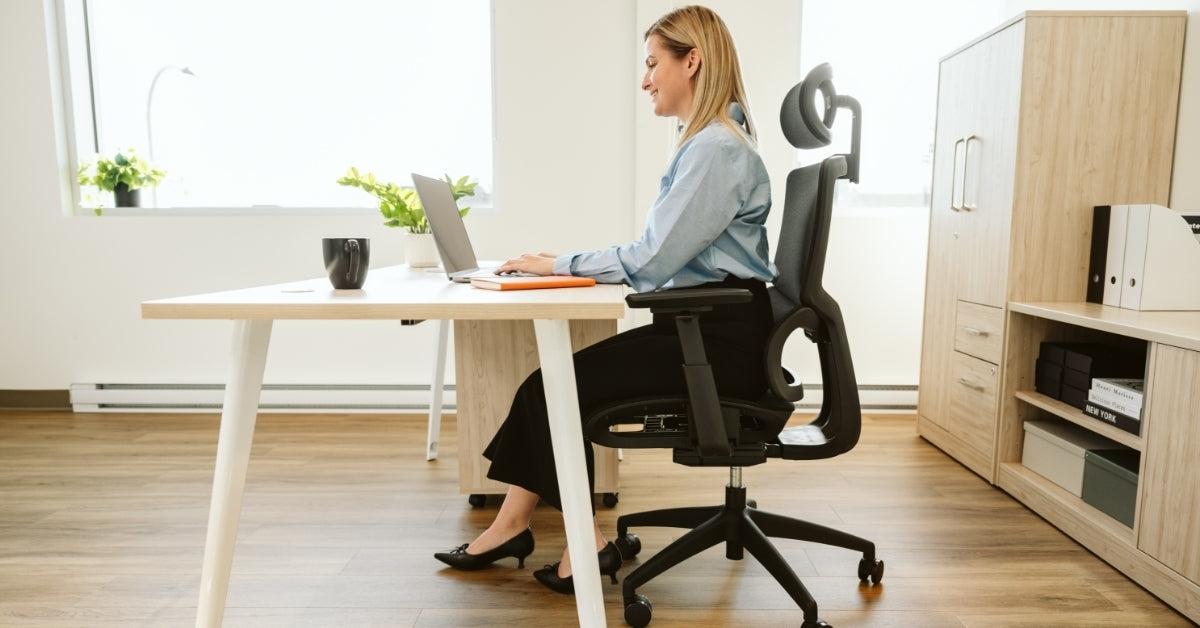
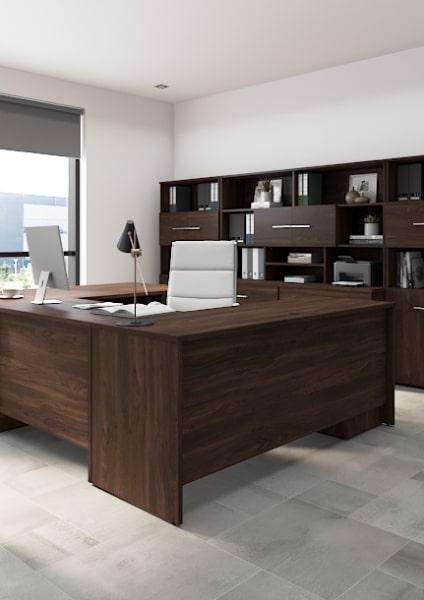
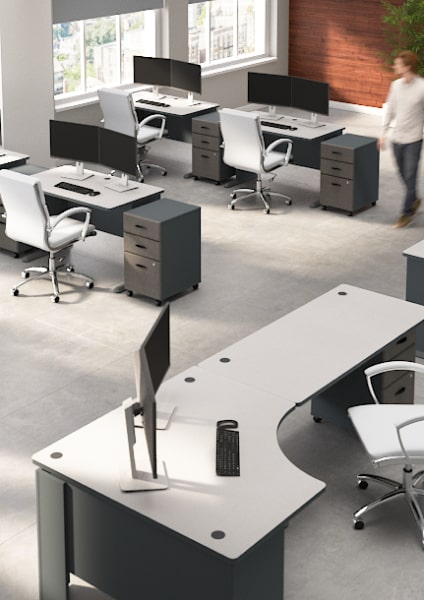
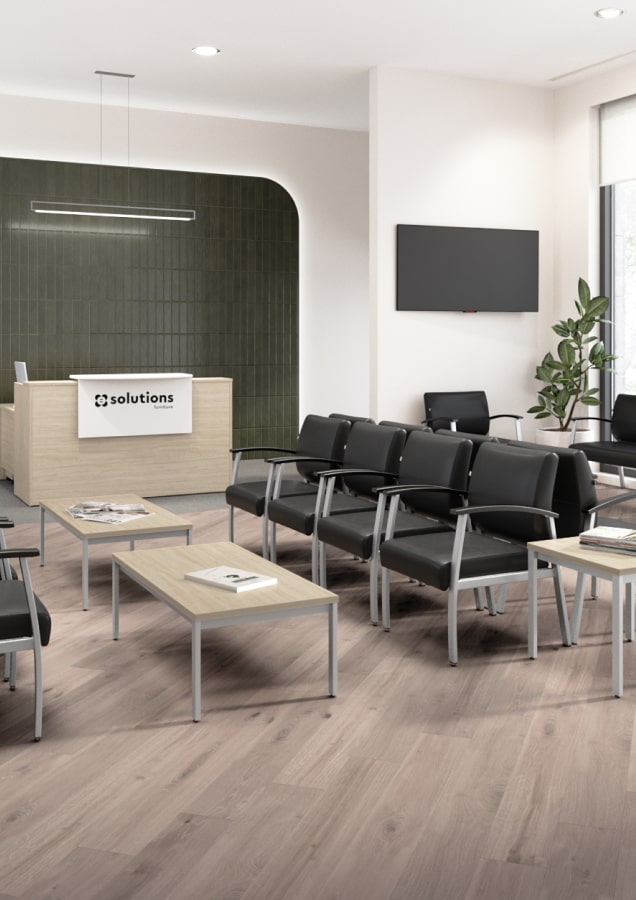
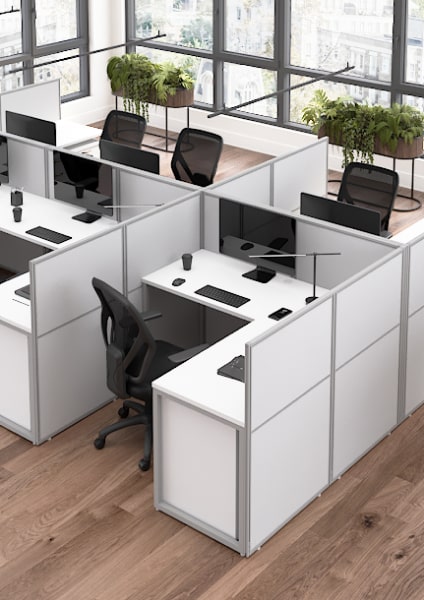
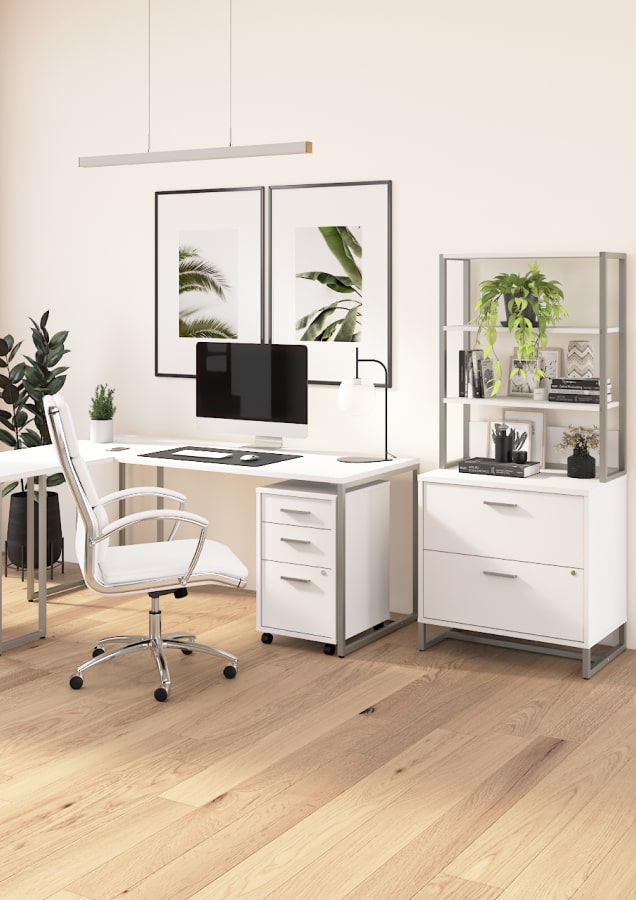
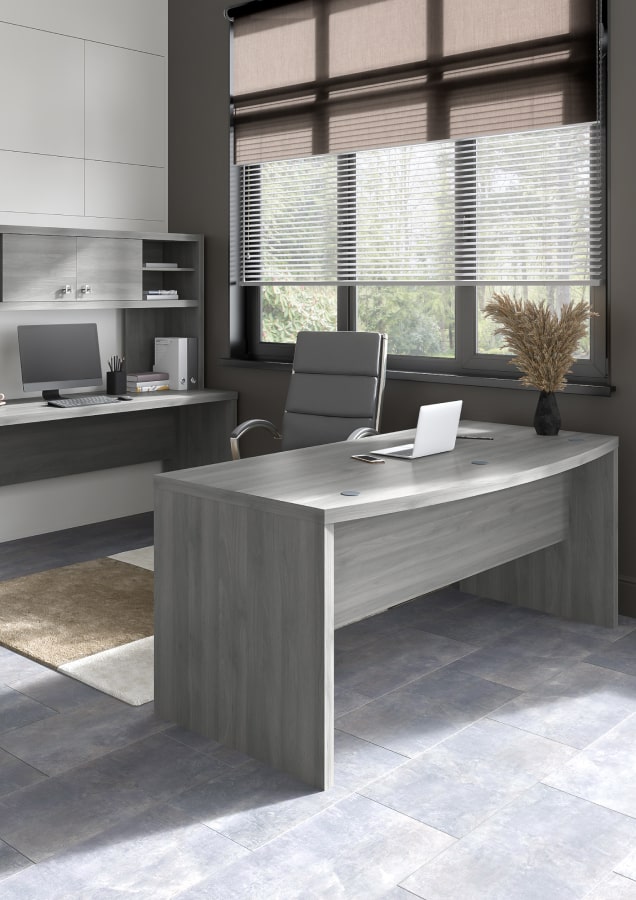
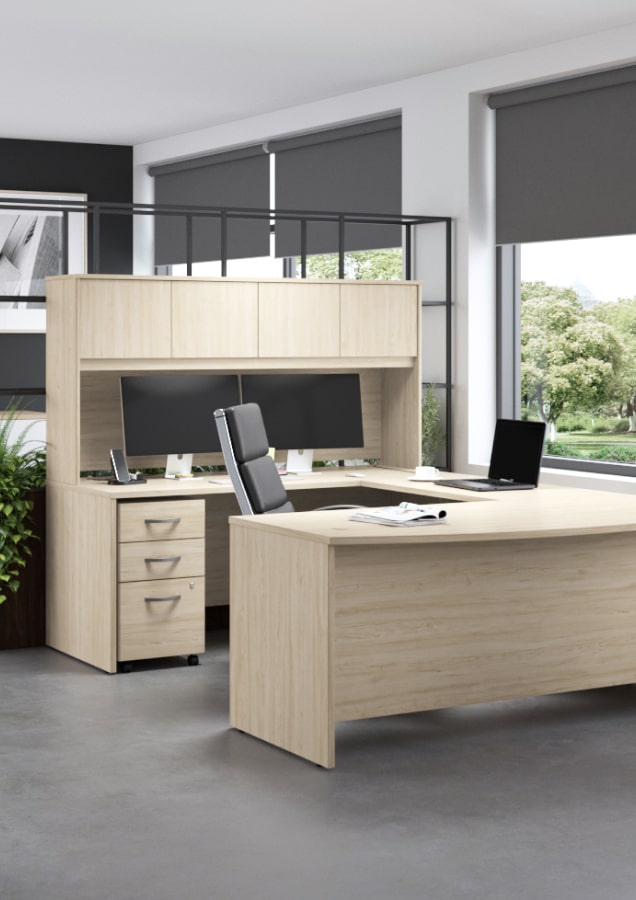
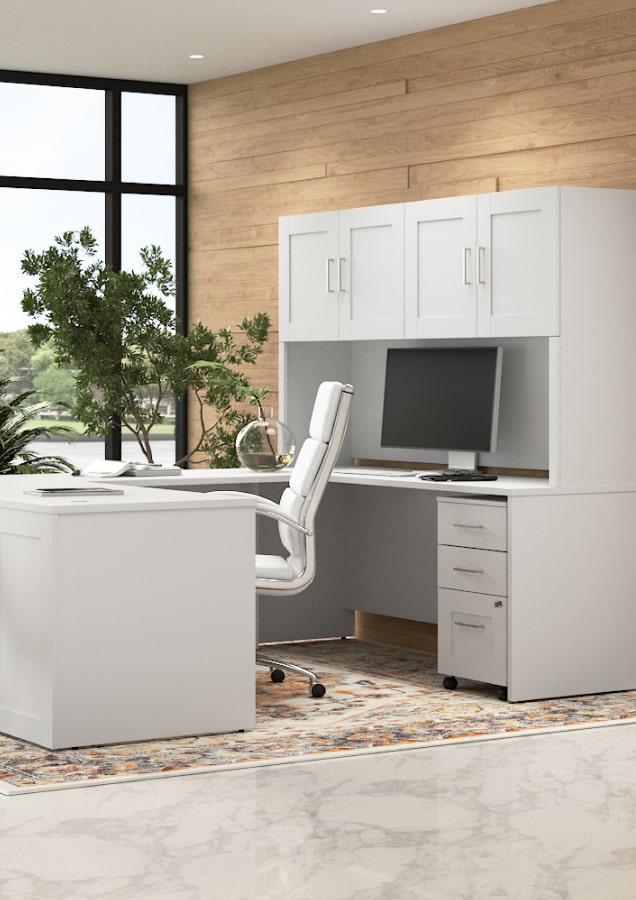
Leave a comment
This site is protected by hCaptcha and the hCaptcha Privacy Policy and Terms of Service apply.